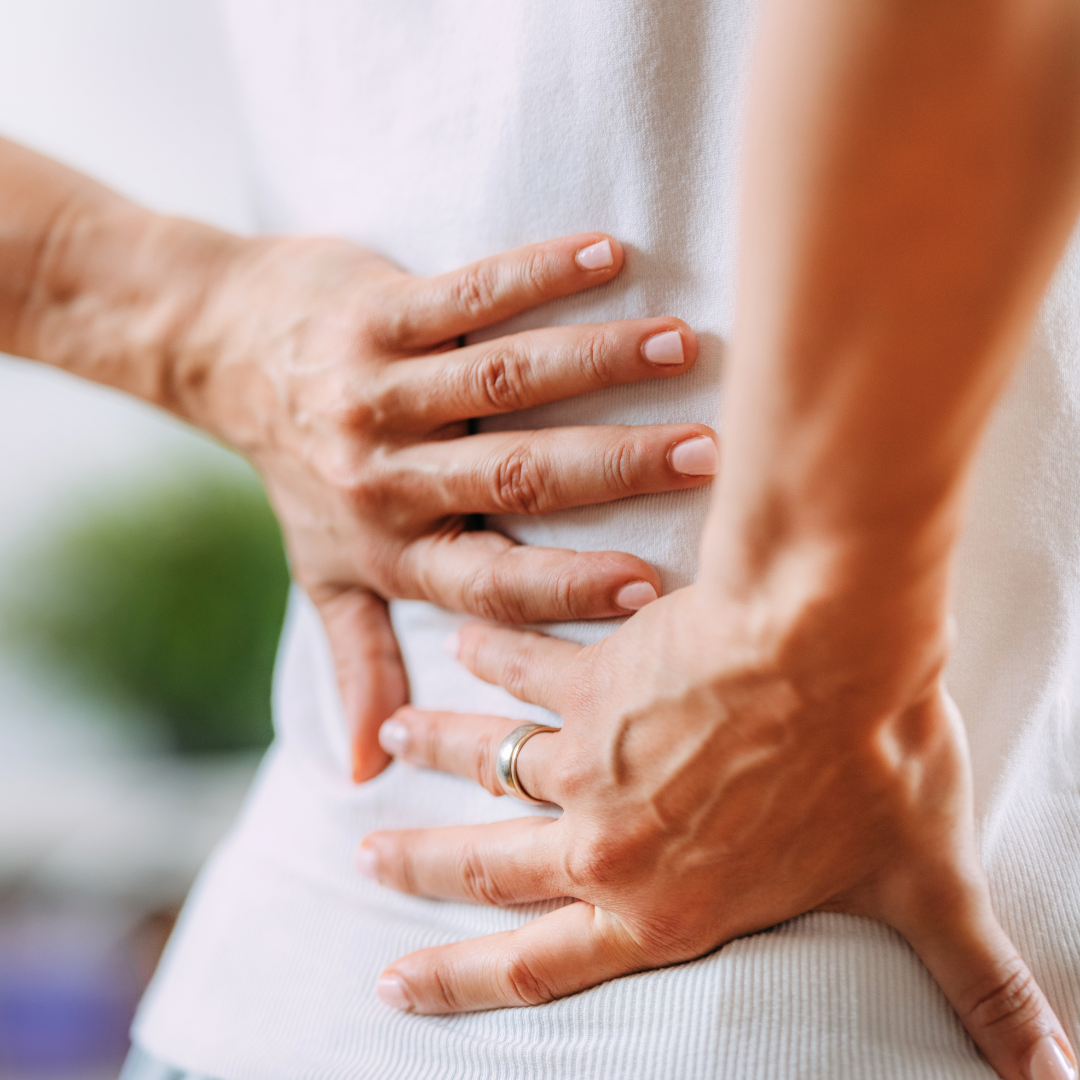Back to school time is filled with stress for both parents and children. The parents have all the supplies, schedules, clothing, lunches, and school events to worry about. The kids think about some of those things, but they worry more about who will be in their class(es), who they will have as new friends, and where they will fit in as school begins anew. Anxiety and stress are inevitable.
You know what comes with stress and anxiety? Pain. But the pain that many don’t think about is physical pain that comes with sitting for long periods and carrying a heavy backpack, books, musical instruments, and gym bags. But let’s concentrate on backpacks.
Thump! The sound of a stuffed backpack
Starting with day one of every school year, backpacks are loaded with pounds of school supplies, lunches, books, gym shoes, and of course all the fun stuff ready to be shared with friends. It affects posture negatively and strains the neck, shoulders, and back.
Kids will choose a backpack, not for its sturdiness, safety, or practicality, but as a fashion accessory. How many trendy characters will be looking at you as you watch kids enter the school doors? It goes without saying that you will see a lot and recognize most all of them.
How to choose the best backpack to take back to school
As a parent, you are the one to face the stomps and glares when your child’s choice is not your choice. It may not be fun, but it is important. Choosing the wrong backpack puts unnecessary strain on the neck, shoulders, and back of the carrier. And even though kids bounce back from falls, scrapes, and bangs, a backpack can cause on-going, lingering pain for them all year long.
Therefore, let’s talk about what to consider when making that all-important choice. The American Chiropractic Association (ACA) has some suggestions for judging the compatibility of a backpack for your child.
1. Size
Your child is not the same size, nor does he have the same build as all his friends. There is no one-size-fits-all youngster and there is no one-size-fits-all backpack. Four inches below the waist is the maximum length on the back. Otherwise, it affects posture as the wearer has to lean forward to balance it.
2. Padded, Adjustable Straps
Padded straps are important to prevent strain on the shoulders. Adjustability allows for making sure the straps are not too loose.
3. Lots of Compartments
When there are lots of places to put things, the weight is more evenly distributed in the backpack. Consequently, less strain on the wearer. Place heavy, bulky items in compartments closest to the body.
How to Best Use a Backpack
After choosing the best backpack, it is important to wear the backpack properly. The ACA has some tips for that as well.
1. Watch the Weight
A backpack should never exceed more than 10% of the weight of the person carrying it. To put it another way, keep it light.
2. Wear BOTH Straps
Slinging a backpack over one shoulder may “look cool” but what it does to the neck, shoulders, and back is not so cool. The weight is unevenly distributed using one shoulder to carry the backpack. Not only does it put strain on the body, but it can also lead to muscle spasms as well.
3. Keep it Cleaned Out
Ask any woman about the black hole of a purse she carries and the reason for cleaning out a backpack is evident. It becomes a collect-all. It’s not just the papers like the fall festival announcement you find over winter break, but the odd bits that get gross like food and drink spills. Keeping the backpack cleaned out is a good preventative for monitoring its weight, too.
There is enough strain, stress, and anxiety that builds during the school year. With this in mind, there is good reason to choose and use a backpack safely to prevent more strain and pain. Children are notorious for not listening to parents about things like this. However, in the event that your child complains of neck, shoulder, or back pain, encourage them to adjust their backpack usage and then give us a call at Spinal Logic at 317-745-5111. Not only do we help adults with their maladies, but we also help children weather their pains, too.
Are you on Facebook? We are too. Let’s be friends!


